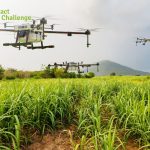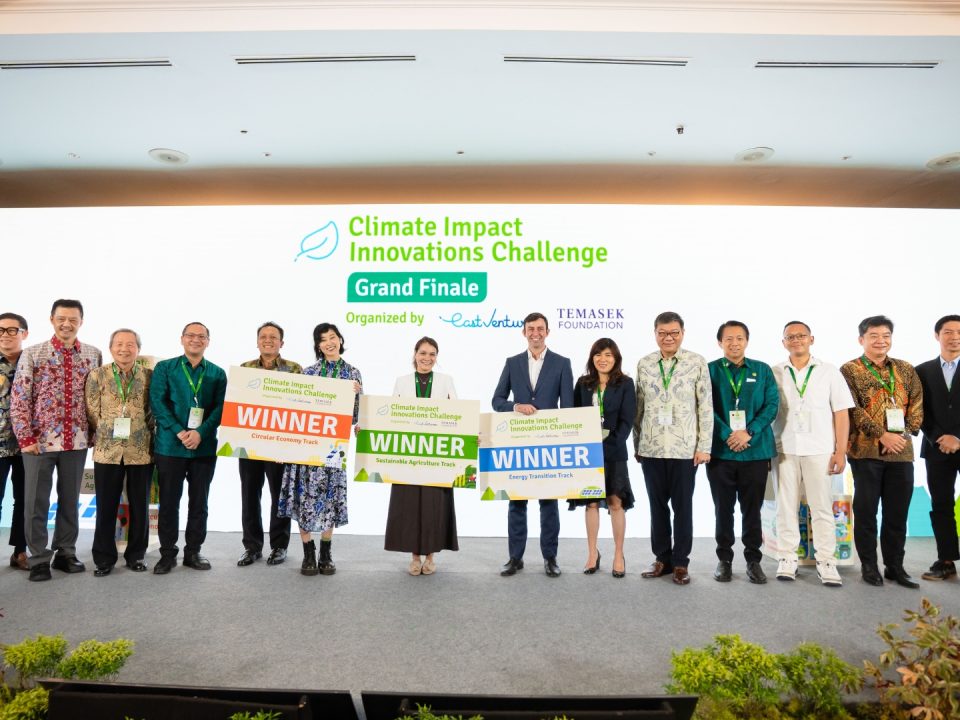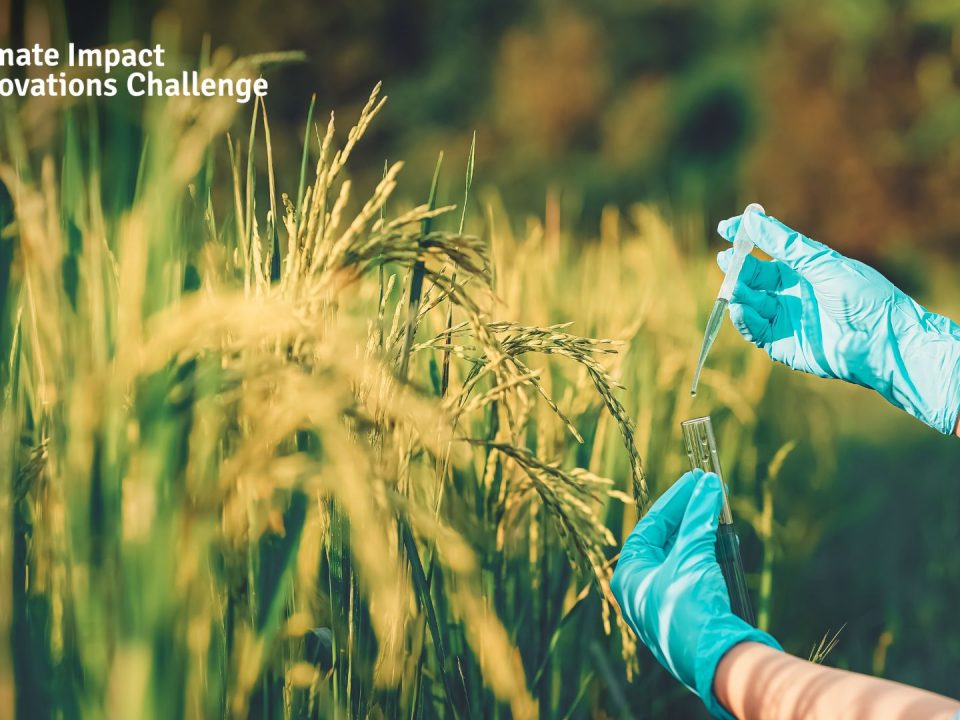
Women-Powered Circular Economy for Flood-Resilient Cities: Turning Waste & Water into ShieldsAgainst Climate Disasters
June 19, 2025
Affordable Food for the Price of Our Planet
July 15, 2025Indonesia’s Energy Revolution: How AI-Powered Island Microgrids Will Lead the World’s Clean Energy Transformation
Written by Joel N. Christoph
The Archipelagic Advantage: Indonesia’s Hidden Energy Superpower
Picture this: While continental nations struggle to decarbonize aging, centralized power grids built for the fossil fuel era, Indonesia is quietly positioned to leapfrog directly into the energy system of the future. What appears to be Indonesia’s greatest infrastructure challenge: powering 17,000 islands scattered across 5,000 kilometers of ocean, is actually its secret weapon in the global energy transition.
As someone who has founded a renewable energy software startup and consulted for the World Bank on energy infrastructure financing, I have witnessed firsthand how traditional thinking fails island nations. But Indonesia doesn’t need traditional solutions. It needs revolutionary ones. The Climate Impact Innovations Challenge (CIIC) 2025 arrives at the perfect moment to catalyze this transformation through AI-powered microgrids that will make Indonesia the world’s first truly distributed renewable energy superpower.
Why Geography Is Destiny in the Energy Transition
Indonesia’s archipelagic nature makes conventional grid expansion economically impossible. Submarine cables cost up to $3 million per kilometer, transmission losses exceed 30% over long distances, and maintenance across thousands of islands creates logistical nightmares. Currently, over 10 million Indonesians lack electricity access, while millions more rely on expensive, polluting diesel generators that cost up to $0.50/kWh, five times the Java-Bali grid price.
But here’s the paradigm shift: These islands don’t need to be connected to each other. They need to be intelligent, self-sufficient, and collaborative when necessary. Each island becomes an independent energy cell in a vast, resilient network, like brain neurons that function independently yet create emergent intelligence when networked.
Indonesia’s renewable resources are staggering: solar irradiation averaging 4.8 kWh/m2/day (higher than Germany’s 2.9), world-class geothermal potential from the Ring of Fire, and consistent trade winds in eastern regions. The nation could theoretically generate 3,686 GW from renewable sources, over 60 times current electricity demand. The challenge isn’t resources; it’s intelligent orchestration. Recent developments, such as the joint venture between Singapore’s RGE and France’s TotalEnergies to develop large-scale solar and battery projects in Indonesia’s Riau Province, demonstrate growing international confidence in Indonesia’s renewable potential.
AI: The Brain of Indonesia’s Energy Revolution
Artificial intelligence transforms isolated renewable installations into an adaptive, learning energy organism. Here’s how AI makes the impossible possible:
Predictive Intelligence: Machine learning algorithms analyzing weather patterns, consumption data, and equipment performance can forecast energy demand with 97% accuracy 24 hours ahead. On Sumba Island, AI-managed systems have achieved 95% renewable penetration by predicting and adapting to monsoon patterns, reducing diesel backup from 40% to under 5%.
Dynamic Optimization: AI continuously balances multiple renewable sources, storage systems, and loads in real-time. Battery management algorithms extend storage lifespan by 40% through optimal charge-discharge cycles. During the 2024 Java blackout, AI-managed microgrids on nearby islands maintained full power, demonstrating superior resilience.
Economic Transformation: Beyond electricity, AI-powered microgrids catalyze entire economies. In Flores, reliable power enabled ice production for fishermen, increasing income by 300%. Digital connectivity follows electricity, connecting remote communities to global markets. One East Nusa Tenggara village saw entrepreneurship increase 400% within two years of microgrid installation.
The Implementation Blueprint: From Vision to Reality
Indonesia’s energy revolution requires strategic sequencing that CIIC 2025 can accelerate:
Phase 1: Lighthouse Islands (2025-2027) Deploy 100 AI-powered microgrids across diverse contexts: tourist destinations like Gili Islands, fishing communities in Maluku, and industrial zones in Riau. Each generates invaluable data for AI learning while demonstrating economic viability. CIIC 2025 winners could lead flagship implementations.
Phase 2: Open Innovation Platform (2026-2028) Develop Indonesia-specific AI algorithms addressing tropical conditions, salt corrosion, and monsoon patterns. Create open-source tools enabling local engineers to design and optimize microgrids. CIIC 2025’s innovation ecosystem provides the perfect launching pad for collaborative development.
Phase 3: Scaled Transformation (2028-2035) Achieve 1,000 operational AI microgrids, providing clean electricity to 50 million Indonesians. Establish Indonesia as the global knowledge hub for distributed renewable systems, exporting expertise to other island nations. Create 500,000 green jobs in installation, maintenance, and energy services.
Financing the Future: Making Economics Work
While renewable microgrids require 20-30% higher upfront investment than diesel systems, AI optimization delivers a 3-year payback through:
- 70% reduction in fuel costs
- 60% lower maintenance through predictive algorithms
- Carbon credit generation worth $50-100/MWh
- Productive use of revenues from enabled economic activity
Innovative financing combining government subsidies, green bonds, and community ownership models can bridge the capital gap. AI can even optimize financial flows, automatically distributing revenues based on real-time system performance and community contributions.
CIIC 2025: The Catalyst Indonesia Needs
The Climate Impact Innovations Challenge 2025 isn’t just another competition: it’s the convergence point for Indonesia’s energy transformation. With its Rp10 billion prize pool and focus on commercially ready solutions, CIIC 2025 can:
- Connect AI innovators with island communities ready for transformation
- Bridge the gap between pilot projects and national scale
- Demonstrate to global investors that Indonesia is the frontier market for distributed energy innovation
- Create the entrepreneur-investor-government ecosystem essential for rapid scaling
Indonesia has committed to net-zero emissions by 2060 or sooner. AI-powered microgrids offer the only pathway that simultaneously achieves climate goals, universal energy access, and economic development.
Leading the World from the Edges
Indonesia needs not follow the centralized paradigm that took centuries to build and will take decades to decarbonize. Instead, by embracing AI-powered distributed systems perfectly suited to its geography, Indonesia can demonstrate that the future of energy isn’t about massive infrastructure but intelligent, community-scale systems that transform constraints into advantages.
When historians write about the global energy transition, they won’t focus on how developed nations slowly retrofitted old systems. They’ll marvel at how an archipelagic nation in Southeast Asia pioneered the distributed, intelligent, renewable energy systems that became the global standard. The convergence of AI advancement, renewable cost curves, and initiatives like CIIC 2025 creates a once-in-a-generation opportunity.
Indonesia can show the world that sustainable development isn’t about choosing between prosperity and the planet: it’s about intelligent systems that deliver both. The technology exists. The economics work. The need is urgent. What remains is the will to act, and CIIC 2025 provides the platform to transform Indonesia’s 17,000 islands from isolated challenges into 17,000 reasons why distributed intel- ligence beats centralized thinking every time.
The energy future isn’t coming. It’s here, waiting to be built on islands where every sunrise powers possibility and every community becomes a beacon of what’s possible when innovation meets purpose.
Joel N. Christoph is the 3rd winner of the Climate Impact Innovations Challenge 2025 Article Competition.





